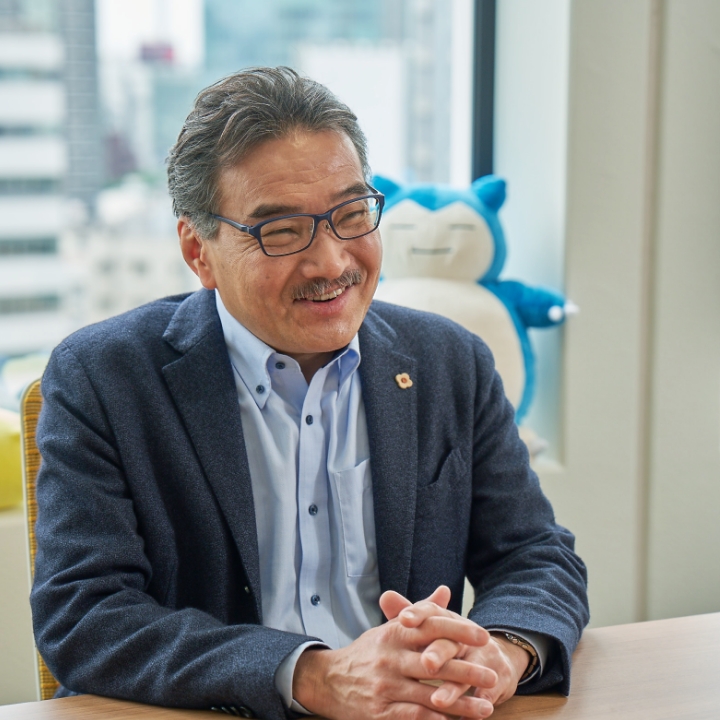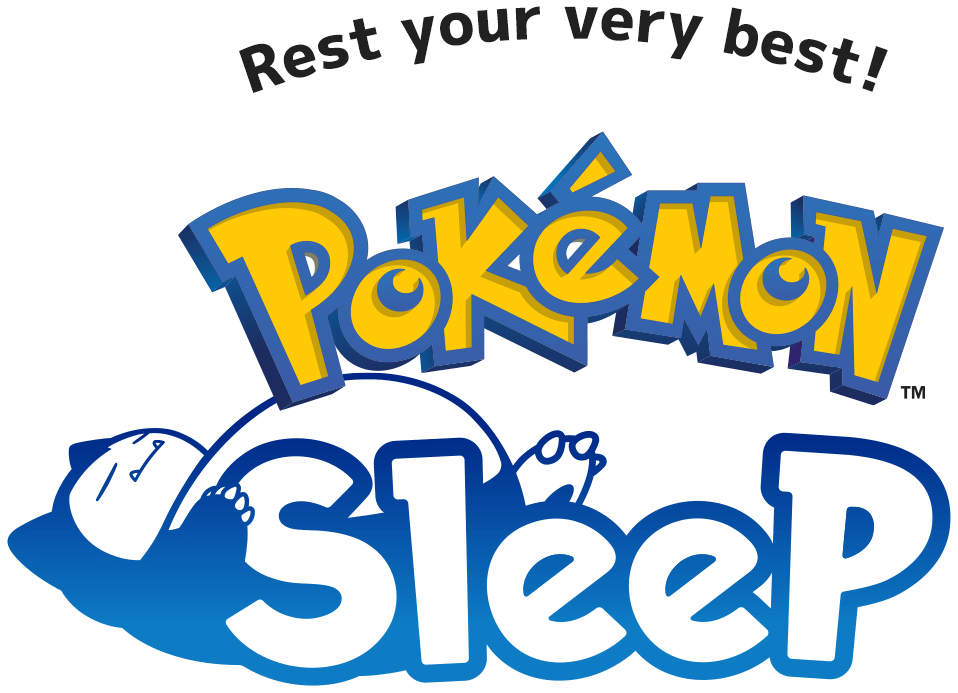Sleep terms you think you know but actually don’t
Sleep cycles are not necessarily 90 minutes
Notes:
- Pokémon Sleep is intended for entertainment purposes only and is not intended for use in detection, diagnosis, or treatment of any medical condition or disease.
- The information provided in this article—and the sleep score registered through Pokémon Sleep—does not represent or substitute for a diagnosis from a physician or health care professional, and it cannot be used as a diagnostic or therapeutic treatment for a sleep disorder. Users should seek medical attention in case they present signs or symptoms that could be associated with sleep disorders.
- Please note that the information in this article is intended for adults regarding sleep unless otherwise stated.
When we fall asleep, we enter non-REM sleep first.

Non-REM sleep is made up of three stages of differing depths. When we progress from the shallowest (stage one) to the deepest (stage three), then return back to stage one, this completes a single period of non-REM sleep, after which we enter REM sleep.
Each of these recurring sets of non-REM and REM sleep is referred to as a sleep cycle.
The length and number of sleep cycles experienced varies from person to person. They can also vary widely depending on the day, or even within a single night. We often hear that a single sleep cycle lasts for 90 minutes, but this is merely an average.
You may have heard advice along the lines of “you should get up after sleeping for an amount of time divisible by 90 minutes,” or “you’ll find it easier to wake up when a sleep cycle has just finished”—but that is not necessarily correct.





